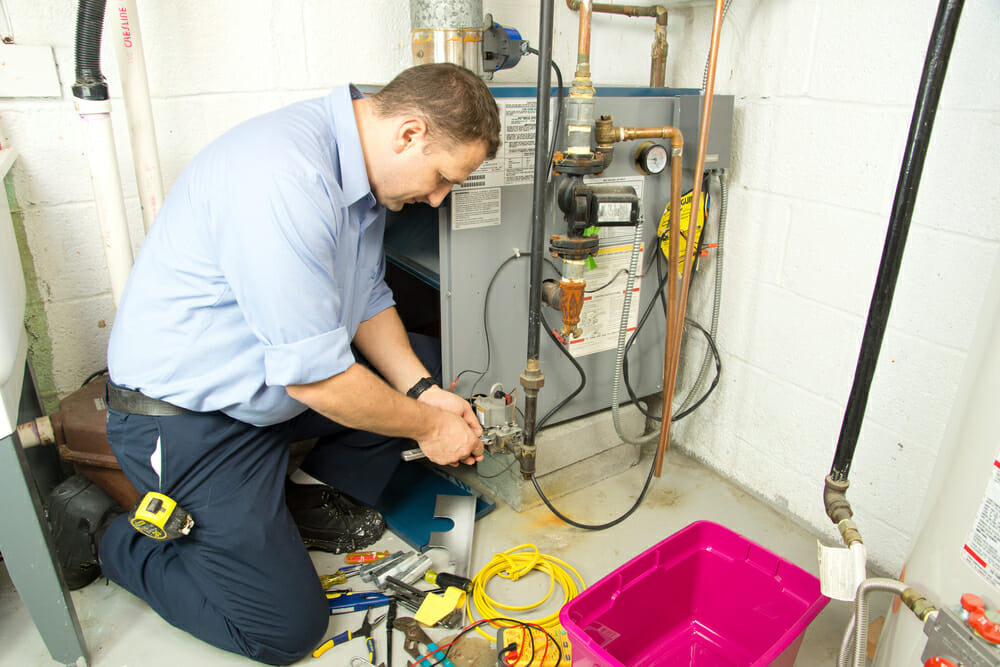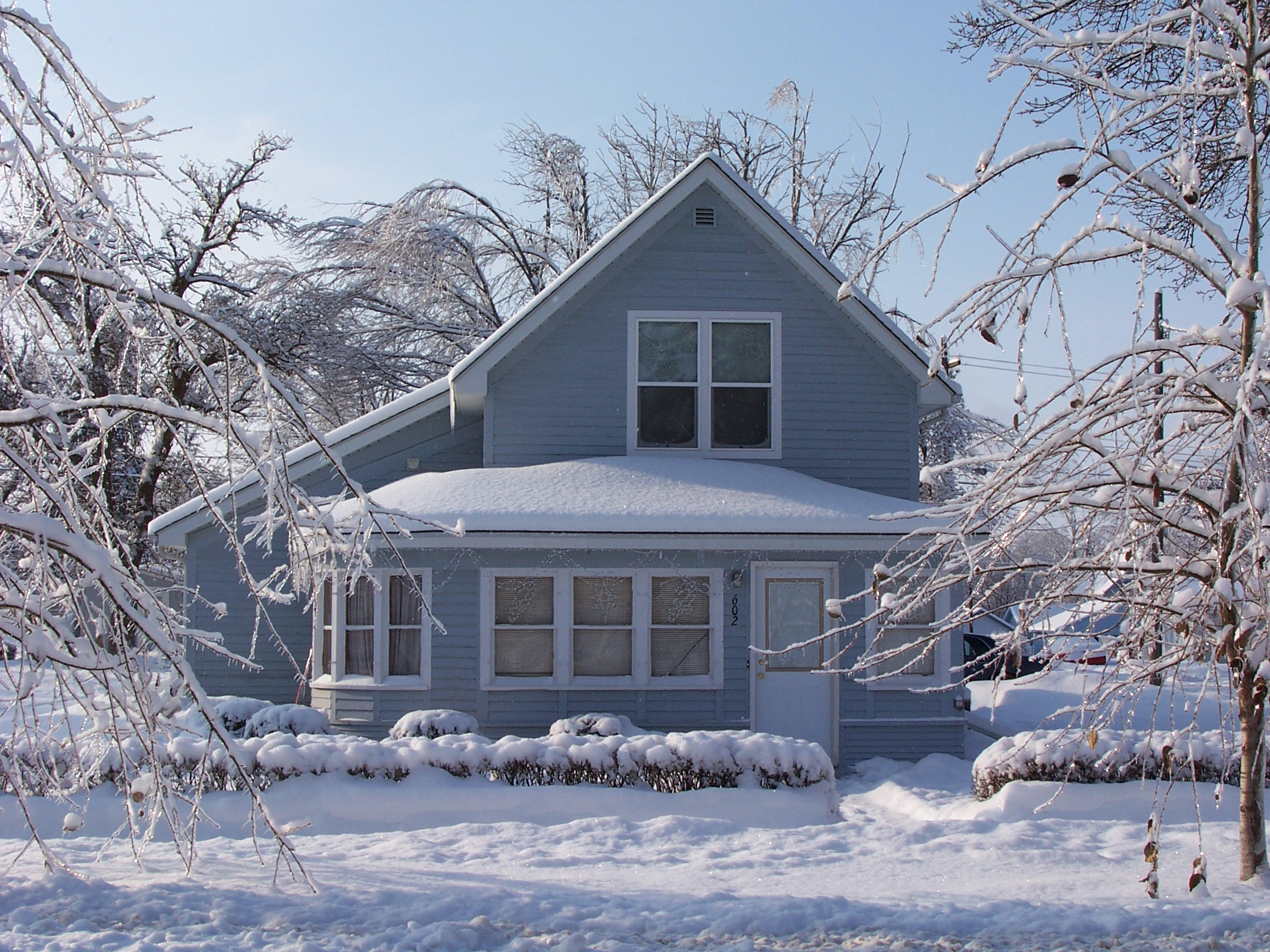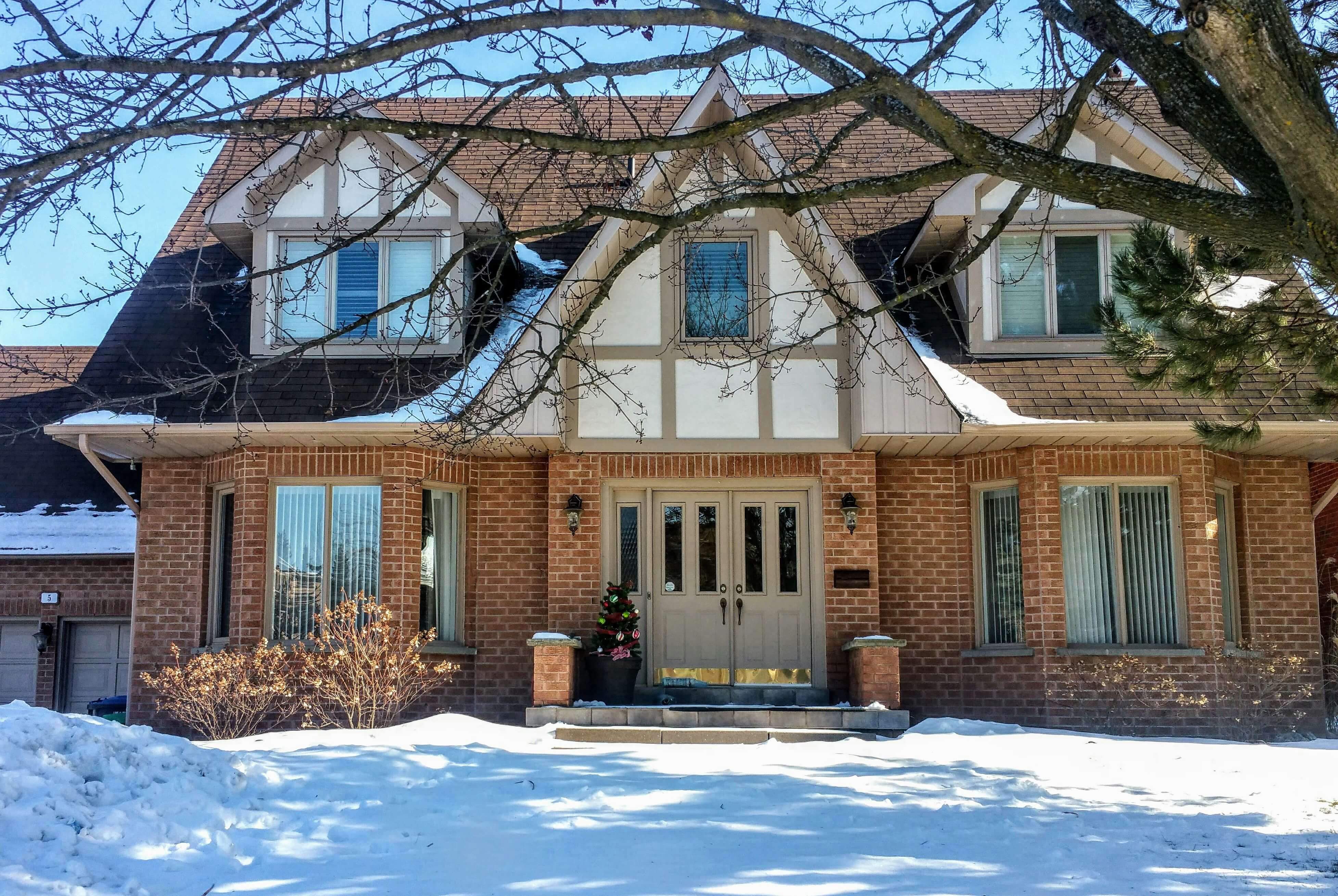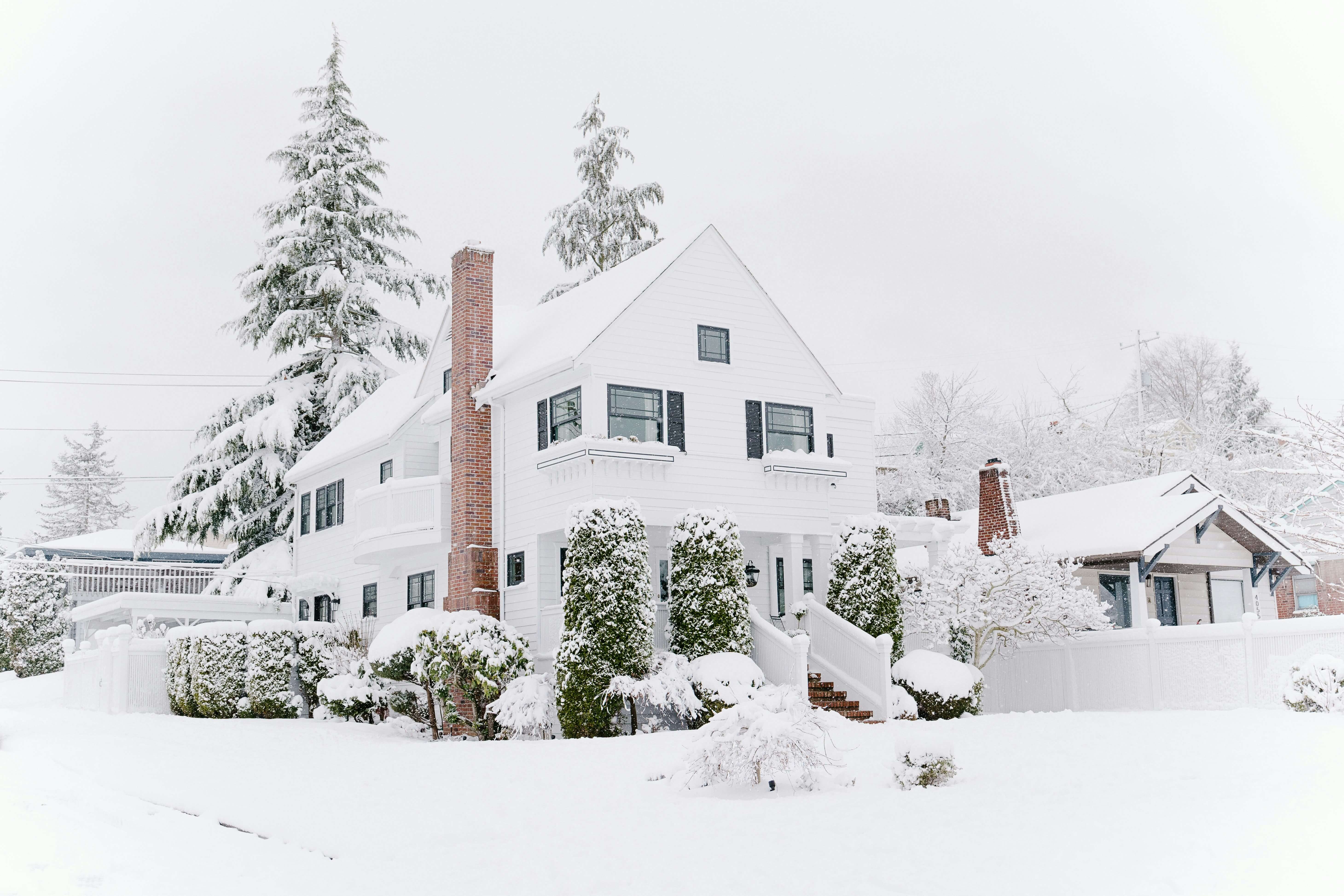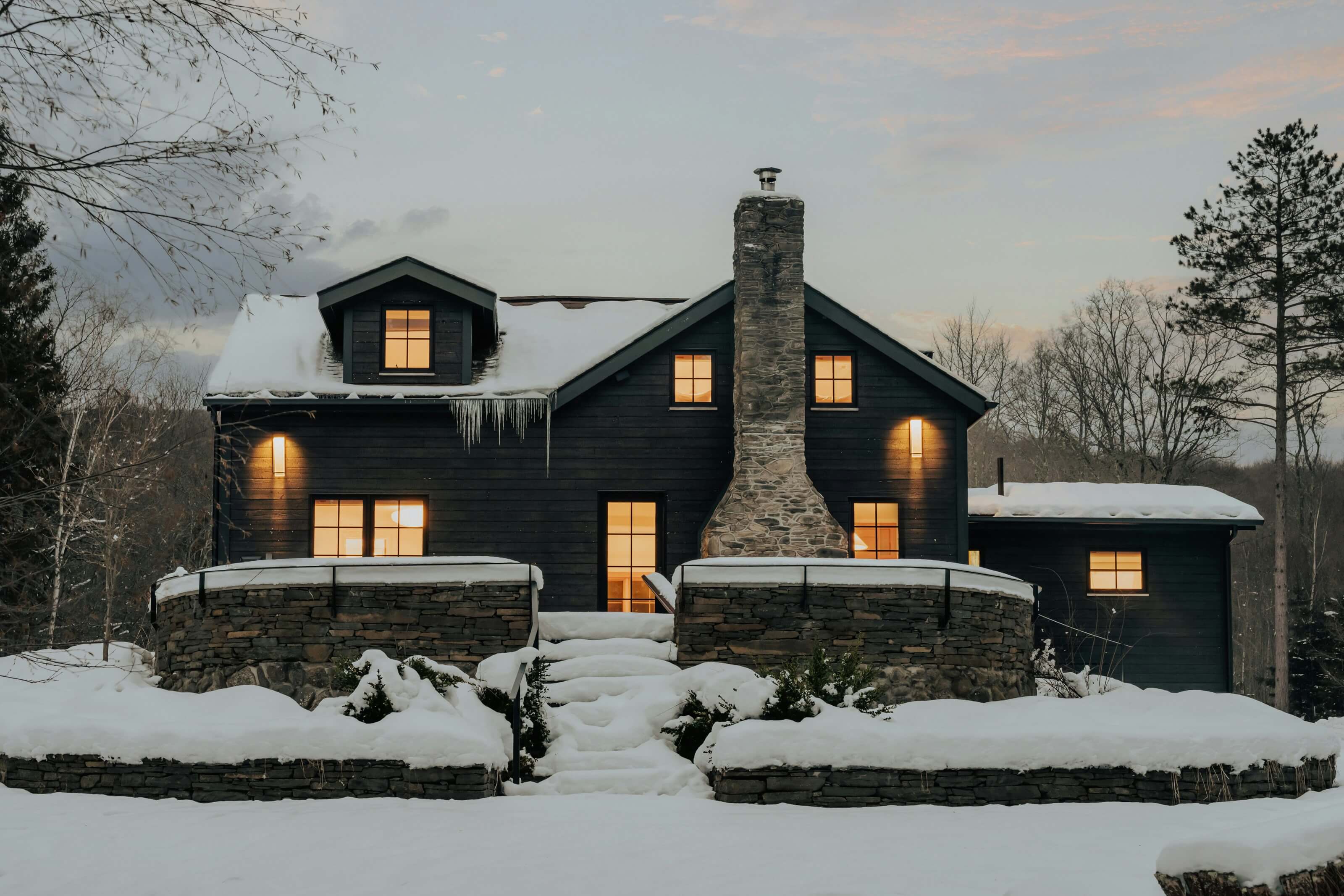Replacing an Oil Furnace
If your furnace is aging, needs frequent repairs, or struggles to heat evenly, it may be time for an oil furnace replacement. A new unit can boost comfort, lower fuel use, and improve safety. The sections below explain costs, sizes, brands, and how oil furnaces work so you can compare quotes confidently.
Oil Furnace Replacement Cost
Most homeowners spend $4,000 to $8,000 installed for a straightforward oil furnace replacement in 2025. That total includes the new furnace, basic installation, removal of the old unit, and reconnecting to existing ductwork. Premium efficiency, tight spaces, new oil lines or tank work, and code upgrades can push costs higher.
Before we get into the details, here is how pricing usually breaks down:
- Unit Only: Typically $1,200 to $4,000 for standard‑efficiency models. Premium and large‑capacity units cost more.
- Labor and Additional Materials: Often $2,500 to $4,500, depending on access, location, and scope (venting, oil lines, controls).
Cost by Size
Furnace sizes are measured in BTUs (British thermal units). Bigger homes and colder climates need higher BTUs. The ranges below are common for replacement projects — always ask your contractor to complete a load calculation rather than sizing by square footage alone.
| Furnace Size in BTUs | Typical Home Size Served in Square Feet | Unit Price Range | Installed Price Range |
|---|---|---|---|
| 60,000 to 80,000 | 1,200 to 1,800 | $1,200 to $2,500 | $4,000 to $5,500 |
| 90,000 to 100,000 | 1,400 to 2,200 | $1,500 to $2,800 | $4,400 to $6,200 |
| 110,000 to 120,000 | 1,800 to 2,800 | $1,800 to $3,200 | $4,800 to $7,000 |
| 140,000 to 150,000 | 2,500+ | $2,500 to $4,000 | $6,000 to $8,500 |
Costs by Brand
Brand pricing varies by model, efficiency, and features. Use these ranges to compare bids on similar AFUE ratings and capacities.
| Brand | Unit Cost Range | Installed Cost Range | Notes |
|---|---|---|---|
| Adams | $3,100 to $10,000 | $4,100 to $13,000 | Niche and high‑capacity options |
| American Standard | $1,200 to $2,000 | $2,200 to $5,000 | Solid warranty support |
| Armstrong Air | $1,200 to $4,300 | $2,200 to $7,300 | Broad lineup, budget to midrange |
| Carrier | $1,800 to $2,600 | $2,800 to $5,600 | Quiet operation, strong dealer network |
| Kerr | $3,300 to $5,000 | $4,300 to $8,000 | Popular in cold climates |
| Lennox | $1,900 to $3,200 | $2,900 to $6,200 | Premium features on select models |
| Miller / Nortek | $1,900 to $4,200 | $2,900 to $7,200 | Common in manufactured housing |
| Olsen | $1,700 to $3,700 | $2,700 to $6,700 | Value‑focused |
| Rheem / Ruud | $1,400 to $4,000 | $2,400 to $7,000 | Wide availability |
| Thermo Pride | $2,300 to $3,200 | $3,300 to $6,200 | Known for durability |
| Trane | $1,400 to $3,000 | $2,400 to $6,000 | Premium brand reputation |
| Williamson‑Thermoflo | $1,700 to $3,500 | $2,700 to $6,500 | Budget‑friendly |
Factors That Affect Costs
- Efficiency (AFUE): Most oil furnaces fall around 81% to 87% AFUE. Select models approach 90% AFUE. Higher efficiency usually costs more upfront but can use less fuel.
- Capacity: Larger BTU outputs increase both unit and installation cost.
- Installation Scope: New oil lines, filter rack, flue or direct‑vent changes, condensate handling, or control upgrades raise labor.
- Access and Layout: Tight basements, attics, or multi‑story runs add time.
- Existing Tank and Lines: Replacing a rusted tank, adding a spill‑containment pan, or updating oil lines and valves increases cost.
- Permits and Inspections: Local codes and safety checks can add fees and scheduling time.
How an Oil Furnace Works
An oil furnace draws fuel from a storage tank, filters it, then uses a burner to atomize and ignite the oil in a sealed chamber. Heat transfers through a heat exchanger while a blower pushes warmed air into your ducts. Combustion gases exit through a flue or direct‑vent pipe. Modern safety controls monitor flame, temperature, and airflow.
Oil vs. Gas vs. Electric Furnaces
Here is a quick comparison to help you decide if sticking with oil — or converting — makes sense.
| Feature | Oil Furnace | Gas Furnace | Electric Furnace |
|---|---|---|---|
| Typical Installed Cost | $4,000 to $8,000 | $3,800 to $6,000 | $2,000 to $4,000 |
| Typical Efficiency (AFUE) | 81% to 87% (some higher) | 80% to 98% | 100% at point of use |
| Fuel Source | Heating oil storage tank | Natural gas service or propane tank | Electricity |
| Pros | High heat output, good for very cold climates, works where gas is unavailable | Lowest operating cost in many regions, very high efficiency options | Lowest upfront cost, simple install, no combustion |
| Cons | Higher fuel cost in many areas, tank maintenance, regular tune‑ups | Requires gas line, combustion safety needed | Higher operating cost in cold climates without heat pump |
Oil Furnace Facts
- Who They’re Best for: Homes without natural gas service, especially in cold‑winter regions. Oil delivers strong heat and works well with existing ductwork.
- Prevalence: About 4.8 million U.S. households still rely on heating oil, the vast majority in the Northeast.
- Energy Efficiency vs. Other Furnace Types: Top gas furnaces can reach 95%+ AFUE, while most oil models land in the low‑ to mid‑80s. Electric furnaces are 100% efficient at the unit but can cost more to run in cold climates.
Frequently Asked Questions
What is the disadvantage of an oil furnace?
Fuel cost volatility, the need for a storage tank and deliveries, and regular maintenance are the main drawbacks. Oil combustion can produce soot, so annual tune‑ups and filter changes are essential. In many regions, oil heat also has a higher operating cost than natural gas.
What are the benefits?
Oil furnaces produce strong, steady heat and can warm a home quickly. They are a good solution where gas is unavailable and pair well with existing ducts. Many suppliers now offer bio‑blended heating oil, which can help reduce emissions compared with traditional fuel oil.
How much is a new oil furnace for a 2,000‑square‑foot home?
For a typical 2,000‑square‑foot home, expect to pay $4,500 to $7,000 installed for a properly sized replacement, assuming existing ducts and tank are in good condition. The exact number depends on climate, insulation, unit efficiency, and installation complexity.
What does an oil furnace do?
It burns heating oil to create heat inside a sealed chamber, transfers that heat to air moving over the heat exchanger, and distributes the warm air through your home’s ductwork. Exhaust gases are safely vented outside.
Do people still install oil furnaces?
Yes, especially in the Northeast and rural areas without natural gas. New oil furnaces are most often installed as replacements for older oil equipment, but some homeowners choose oil when propane or electric costs are high in their area.
What is the lifespan of an oil furnace?
With regular maintenance, many oil furnaces last 20 to 25 years. Some systems operate longer, while heavy use, poor maintenance, or corrosive environments can shorten lifespan.
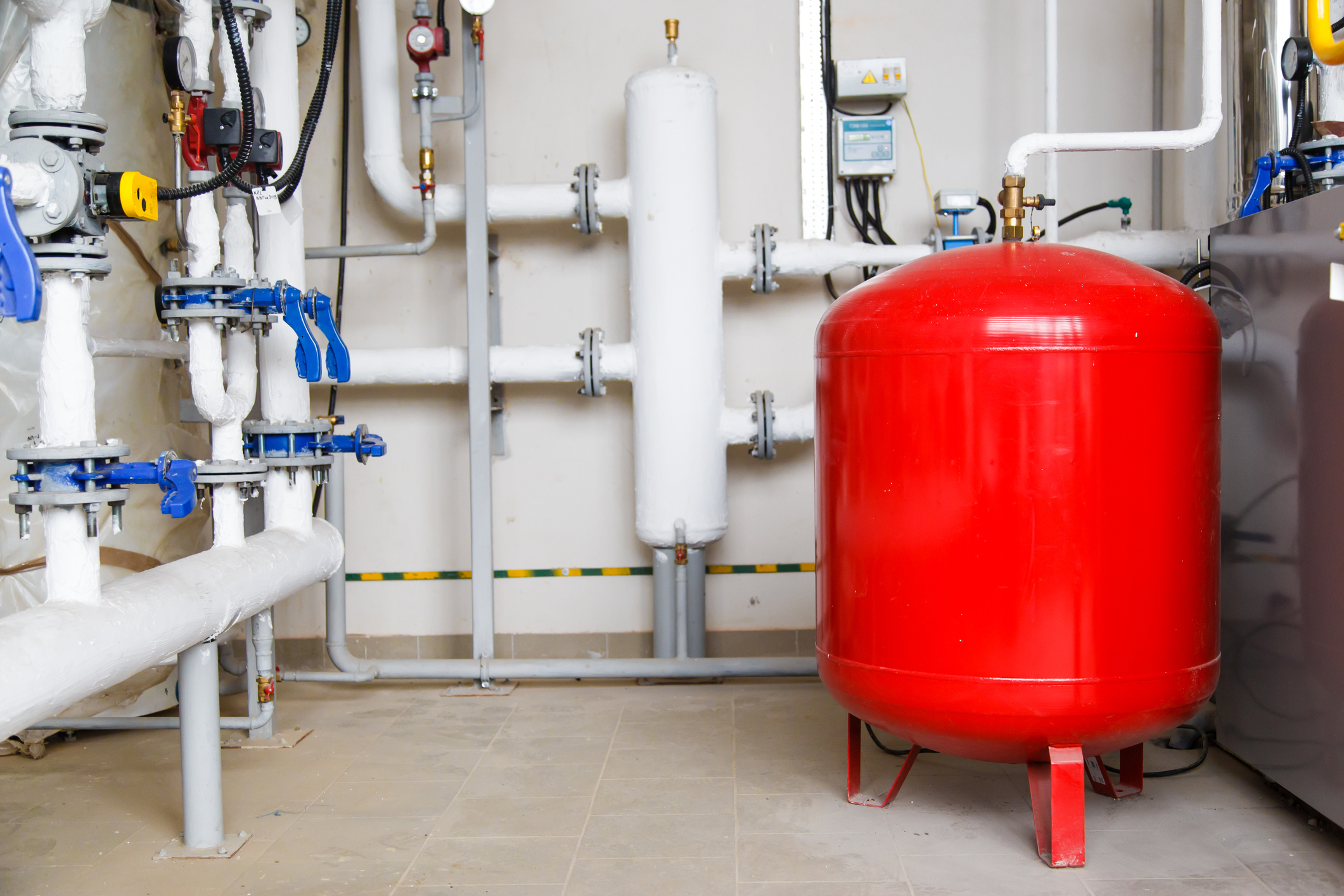
How to Choose the Right Oil Furnace
When looking into an oil furnace replacement, focus on the essentials:
- Correct Sizing: Ask for a Manual J load calculation. Never size by square footage alone.
- AFUE and Features: Balance efficiency with budget. Consider variable‑speed blowers and two‑stage burners for quieter, more even heat.
- Venting and Tank: Confirm your flue or direct‑vent setup and the condition of the oil tank, lines, filter, and shutoff valves.
- Warranty and Service: Compare heat‑exchanger and parts coverage, and verify local service availability for your chosen brand.
How to Find the Best Installer
A quality install matters as much as the brand. Use this checklist when hiring:
- Get three or more itemized bids for your oil furnace replacement (equipment, labor, permits, disposal, add‑ons).
- Require a load calculation and written scope (model numbers, BTUs, AFUE, venting, oil line updates).
- Verify license, insurance, and references; ask about technician certifications.
- Confirm permit and inspection responsibilities, and request a post‑install combustion analysis.
- Ask about maintenance plans, filter sizes, and recommended tune‑up schedules.
Tap the button below to get matched with local furnace installers.
Compare top-rated HVAC pros in your area.
Read real homeowner reviews, explore qualifications, and view promotions. Modernize makes it easy to browse professionals and find one that will be perfect for your project.





